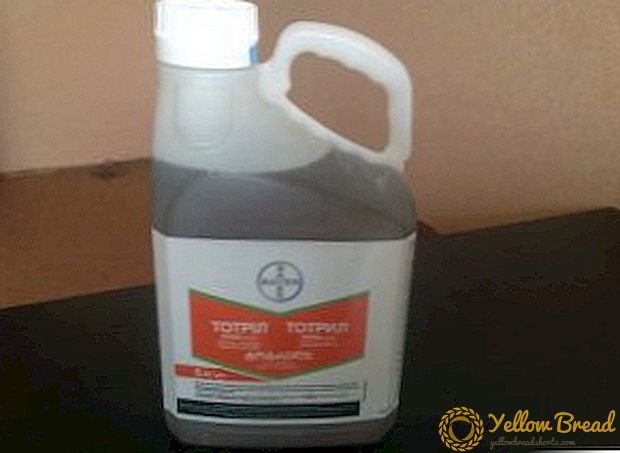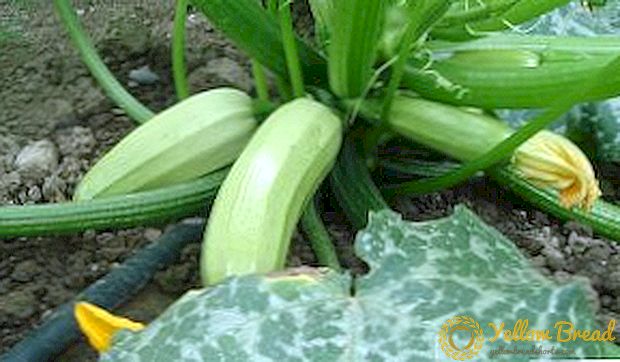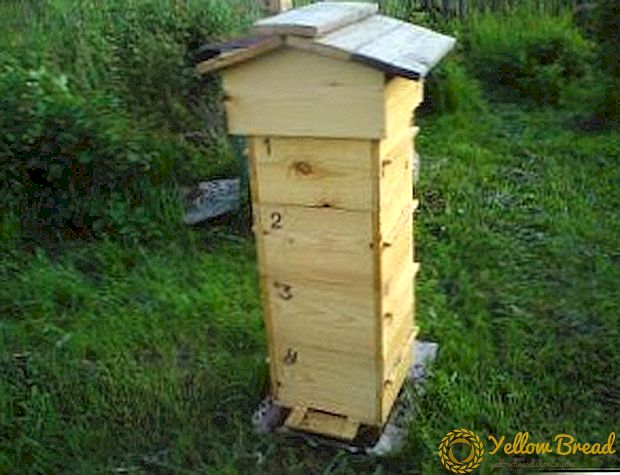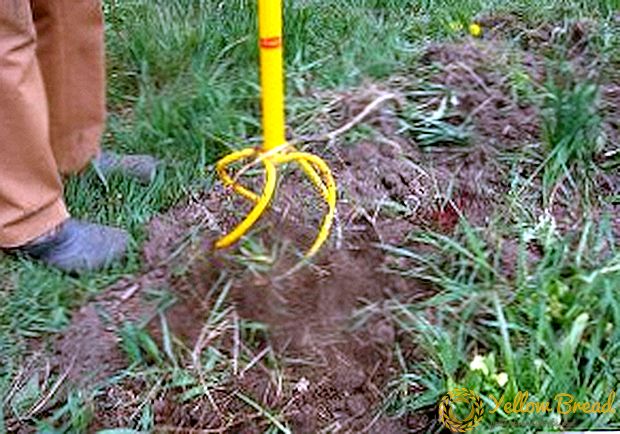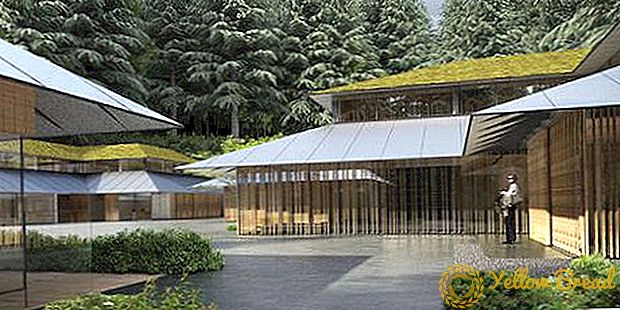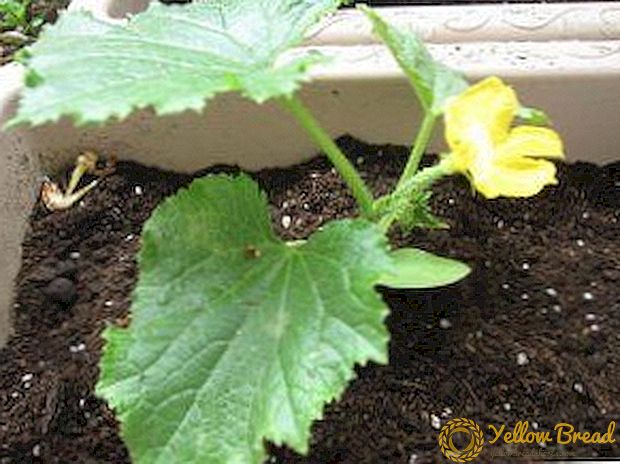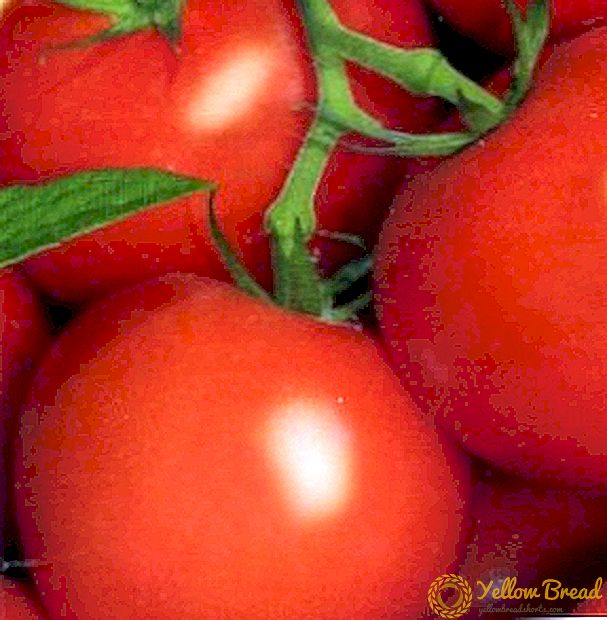
Anyone who appreciates the benefits of Verliok’s tomatoes will surely enjoy the new hybrid derived from it and called the tomato “Verlioka plus f1” (the variety description is given below). Like its predecessor, the hybrid is characterized by high yield, resistance to diseases and excellent fruit taste.
Description of the variety
Tomato "Verlioka Plus f1" - The new first-generation hybrid based on the popular Verlioka variety. Hybrid early ripe, high-yielding. From the appearance of seedlings to the ripening of the first fruits, 100-105 days pass. Shrubs determinative, reach 1.5 m in height. The formation of green mass is moderate, the leaves are large, dark green. Tomatoes ripen brushes of 6-10 pieces. During the fruiting period, bright red tomatoes completely cover the greens.
Origin and Application
 Hybrid "Verlioka Plus" bred by Russian breeders on the basis of the well-established variety "Verlioka". New plants have larger fruits, shrubs less spreading, do not require careful formation.
Hybrid "Verlioka Plus" bred by Russian breeders on the basis of the well-established variety "Verlioka". New plants have larger fruits, shrubs less spreading, do not require careful formation.
Hybrid ideal for greenhouses and seasonal greenhouses. Tall bushes are recommended to tie up to stakes or trellis. Harvest well stored, tomatoes can be plucked in the technical ripeness phase for ripening at home.
Tomatoes are versatile, they can be used fresh, used to make salads, appetizers, soups, side dishes, hot dishes. Tomatoes can be salted, pickled, cook pasta, mashed potatoes, mixed vegetables.
A photo
In the photo below you can see the variety of Tomato "Verlioka Plus":



Advantages and disadvantages
Among the main advantages of the variety:
- excellent taste of ripe tomatoes;
- early amicable ripening;
- high yield;
- even, beautiful fruit suitable for sale;
- the harvest is well kept, transportation is possible;
- tomatoes tolerate temperature extremes, short-term drought;
- resistance to major diseases of the nightshade;
- undemanding agricultural practices.
Features of growing
Tomatoes are recommended to be grown in a seedling manner. For planting suitable seeds 2-3 years old, too old should not be used. Seed material does not need disinfection, it takes the necessary procedures before it is sold. 12 hours before planting, seeds are treated with a growth stimulator.
 Seeds are sown in the second half of March or early April. The soil should be light and nutritious.The best option is a mixture of garden soil with humus or peat.
Seeds are sown in the second half of March or early April. The soil should be light and nutritious.The best option is a mixture of garden soil with humus or peat.
The soil is calcined or spilled with a solution of copper sulfate, and then mixed with a small portion of wood ash or superphosphate.
It is most convenient to sow seeds in containers, the depth is not more than 1.5 cm. Landings covered with foil and placed in heat. For germination need a temperature not lower than 25 degrees.
After the emergence of shoots containers are exposed to bright light, but from direct sunlight they need to be protected. The temperature drops to 18-20 degrees.
When the first pair of true leaves unfolds on the seedlings, the plants swoop in separate containers. Then they need to feed the liquid complex fertilizer.
In the greenhouse, seedlings are moved in the second half of May. The soil is carefully loosened, wood ash is spread out in the holes (1 tbsp per plant). Tomatoes are placed at a distance of 45 cm from each other, wide inter-rows are required.
You need to water the plants once every 5-6 days, only warm water is used, they can drop ovaries from a cold plant. After watering, the vents in the greenhouse need to be opened, the tomatoes do not tolerate excessive moisture. In the heat of the greenhouse remains open all day.
Diseases and pests
 The variety of tomato "Verlioka Plus" is resistant to cladosporia, fusarium wilt, tobacco mosaic virus. Seedlings and young plants may be affected by the black leg.
The variety of tomato "Verlioka Plus" is resistant to cladosporia, fusarium wilt, tobacco mosaic virus. Seedlings and young plants may be affected by the black leg.
For prevention, the soil must often be loosened, not allowing waterlogging. Frequent airing of the greenhouse, dusting the soil with wood ash will help to avoid summit or measles rot. Late blight bushes are rarely affected.
If this happens, planting should be plentifully sprayed with copper-containing preparations. Fit ready-made formulations designed specifically for tomatoes. They can be replaced by homemade emulsion of water, laundry soap and copper sulfate.
In the greenhouse, tomatoes are threatened by aphids, bare slugs, thrips, Colorado beetles. Aphids are washed off with warm soapy water, industrial insecticides help from flying insects. They can be used only before flowering, later toxic formulations are replaced with phytopreparations.
Verlioka Plus tomatoes are a great choice for amateur gardeners or farmers. The productive early ripe hybrid is unpretentious, perfectly feels in greenhouses and greenhouses. The taste of fruits is excellent, their good commercial quality and the possibility of long-term storage make the hybrid suitable for commercial cultivation.

